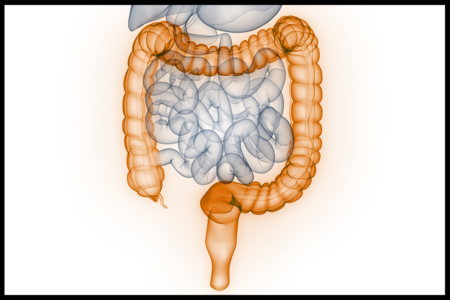January is both Cervical Health Awareness Month and Cervical Cancer Screening Month. Cervical cancer is the second most common type of cancer for women worldwide. It tends to be a slow-growing cancer that develops over time – anywhere from several years to several decades. This also makes cervical cancer one of the most preventable types of cancer, and it is often successfully treated when it’s found at a very early stage. The best way for a woman to discover this type of cancer in its early or pre-cancerous stages is through a Pap test.
What is cervical cancer?
Cervical cancer is cancer that starts in surface tissues of the cervix, the narrow passageway that connects the uterus and the vagina. There are two main types of this kind of cancer: squamous cell carcinoma, which accounts for 80-90% of cervical cancers, and adenocarcinoma, which accounts for 10-20% of cervical cancers.
Statistics
Cervical cancer tends to develop during midlife, with the majority of cases found in women under the age of 50. More than 20 percent of diagnoses are made in women older than 65, although cases are rarely found in this age group in women who have been screened regularly before age 65. Women should continue cancer screening until at least the age of 70, or until recommended by her physician. Of the 12,000 women in the United States who are diagnosed with cervical cancer each year, more than 30% of these women will lose their battle with the disease. However, widespread use of the Pap test is increasing the survival rate for this type of cancer by approximately 2 percent each year.
Symptoms
Precancerous cell changes and early cancers of the cervix generally do not cause symptoms. For this reason, it is important for women to be regularly screened through Pap and HPV tests.
Symptoms of more advanced cervical cancer may include:
- Urinary problems. These may include increased frequency of urination, problems urinating because of a blocked kidney or ureter, or leakage of urine or stool into the vagina.
- Abnormal vaginal bleeding. This may include bleeding between regular menstrual periods, bleeding after sexual intercourse or after douching, bleeding after a pelvic exam, or bleeding after menopause
- Abnormal pelvic pain. This may include pain after sexual intercourse, pelvic pain not related to your menstrual cycle, and pain during urination
- Heavy or unusual discharge that may be watery, thick, and possibly have a foul odor
These symptoms might be signs of other health problems and not related to cancer. However, if you experience any of the symptoms above, contact your primary care physician.
Treatment
There are three types of standard treatment options for cervical cancer: surgery, radiation and chemotherapy. A woman may also be given a combination of these methods. The treatment plan for this type of cancer depends on:
- The stage and type of the cancer
- The shape and size of the tumor
- The woman’s age and overall health
- The woman’s desire to have children in the future
Early cervical cancer may be cured by removing or destroying the abnormal tissue. This can be accomplished in several surgical ways without removing the uterus or damaging the cervix, so that a woman can still have children in the future.
Visit the National Cancer Institute for more information on treatment options for cervical cancer.
Causes and Risk Factors
Sexually transmitted human papillomavirus (HPV) is the most important risk factor for cervical cancer. There are more than 150 related HPV viruses, most of which are considered low-risk and do not cause cervical cancer. A few high-risk HPV virus types are strongly linked to cervical cell abnormalities or cancer. More than 70 percent of cervical cancer cases can be attributed to two HPV virus types: HPV-16 and HPV-18.
HPV is extremely common; it is estimated that by age 50 approximately 80% of women have been infected with some type of HPV. Most women infected with the HPV virus do not develop cervical cancer. In up to 90% of cases, HPV infections are cleared naturally by the body within 2 years. A small percentage of women do not clear the HPV virus, and they are diagnosed with a “persistent infection”. These women are at greater risk of developing cervical cell abnormalities and cancer than a woman whose infection is naturally cleared.
Other risk factors that may contribute to the development of cervical cancer include:
- Smoking
- A surpressed immune system (women with HIV, an autoimmune disease, or a woman who has had an organ transplant)
- Chlamydia infection
- Poor diet
- Extended use of oral contraceptives (birth control pills)
- Multiple (3 or more) full-term pregnancies
- Full-term pregnancy at young age (younger than 17)
- Family history of cervical cancer
For more information or support, visit the National Cervical Cancer Coalition, the National Cancer Institute, Web MD and the American Cancer Society, which provided source information for this article.
This article is intended for educational use only and does not replace the advice of a medical professional. For questions about your cervical cancer risk, please contact your primary care physician.



























